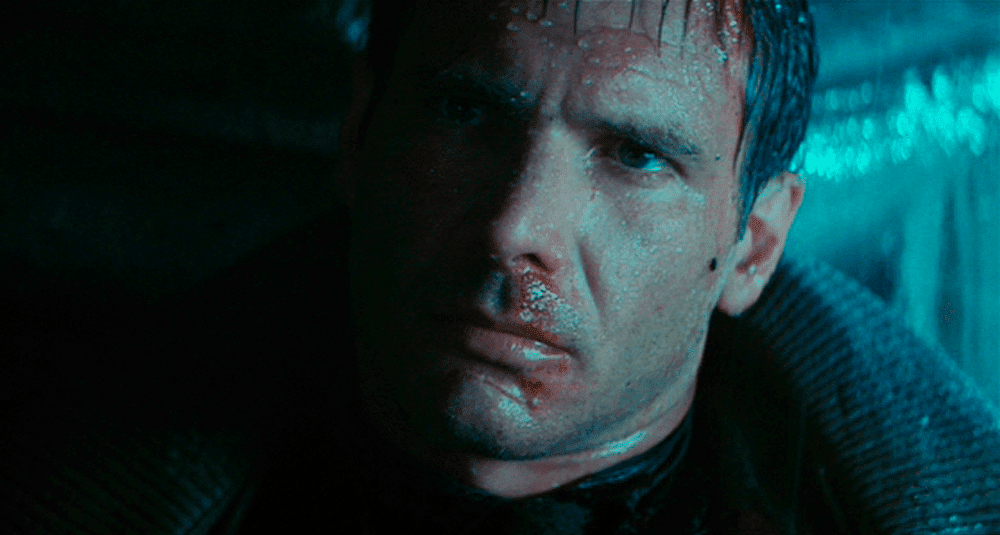Which science fiction novel inspired Ridley Scott for his 1982 film Blade Runner?
Last Updated:
The film Blade Runner, directed by Ridley Scott and released in 1982, is based on the science fiction novel Do Androids Dream of Electric Sheep? written by Philip K. Dick in 1968. This novel, considered one of the masterpieces of the genre, explores the boundaries between humans and machines, reality and illusion, morality and survival, themes central to Scott’s cult film.
The novel is set in a post-apocalyptic future, ravaged by a nuclear war that has made Earth almost uninhabitable. Most humans have emigrated to space colonies, while those who remain live in a polluted and desolate world, surrounded by technological ruins and artificial animals, the real ones having become rare and precious. In this context, androids (or “replicants” in the film) have been created to serve humanity in the colonies, but some rebel and return to Earth.
The protagonist, Rick Deckard, is a bounty hunter tasked with “retiring” (i.e., killing) these rebel androids. As his investigation progresses, he is confronted with existential questions: what defines humanity? Is a machine capable of emotions still just a machine? And above all, are compassion and empathy the preserve of human beings?
These philosophical questions are at the heart of Philip K. Dick’s novel, whose very title, Do Androids Dream of Electric Sheep?, is a metaphor for artificial beings’ desire for humanity. Electric sheep symbolize the superficiality of a world where appearances replace reality: owning an animal, even a fake one, becomes a sign of social and moral status.
When Ridley Scott decided to adapt this work, he retained its essence while modifying several aspects to create a unique cinematic vision. Blade Runner transposes the action to a dystopian megalopolis, Los Angeles in 2019, dominated by rain, pollution, and neon lights. The atmosphere is both futuristic and retro, blending science fiction and film noir.
The film retains the character of the android hunter, played by Harrison Ford, but introduces a more visual and sensory atmosphere, where the boundary between human and artificial becomes even more blurred. The replicants in the film, notably the unforgettable character of Roy Batty (played by Rutger Hauer), are no longer mere machines: they display emotions, desires, and a deeply human quest for life and freedom.
The adaptation therefore deviates from the novel in terms of narrative, but retains its philosophy. Where Philip K. Dick questioned the loss of authenticity in a dehumanized world, Ridley Scott offers a meditation on mortality and self-awareness. Roy Batty’s famous line – “All those moments will be lost in time, like tears in rain” – perfectly illustrates this reflection on the fragility of existence.
Blade Runner’s success was initially mixed, but over the years, the film has become a cult masterpiece of science fiction cinema. As for Do Androids Dream of Electric Sheep?, it has regained worldwide recognition, often rediscovered by viewers curious to explore the original work that inspired the film.
Philip K. Dick’s novel, Do Androids Dream of Electric Sheep?, is the literary source that inspired Ridley Scott for his film Blade Runner (1982). With its unique blend of science fiction, metaphysics, and poetry, this work questions our conception of humanity in the age of intelligent machines. It is a pillar of cyberpunk culture, still relevant in a world where the boundaries between human and artificial are increasingly blurred.
literature

Which science fiction novel inspired Ridley Scott for his 1982 film Blade Runner?
Answer
Ridley Scott's film Blade Runner, released in 1982, was inspired by the novel Do Androids Dream of Electric Sheep? written by Philip K. Dick in 1968.